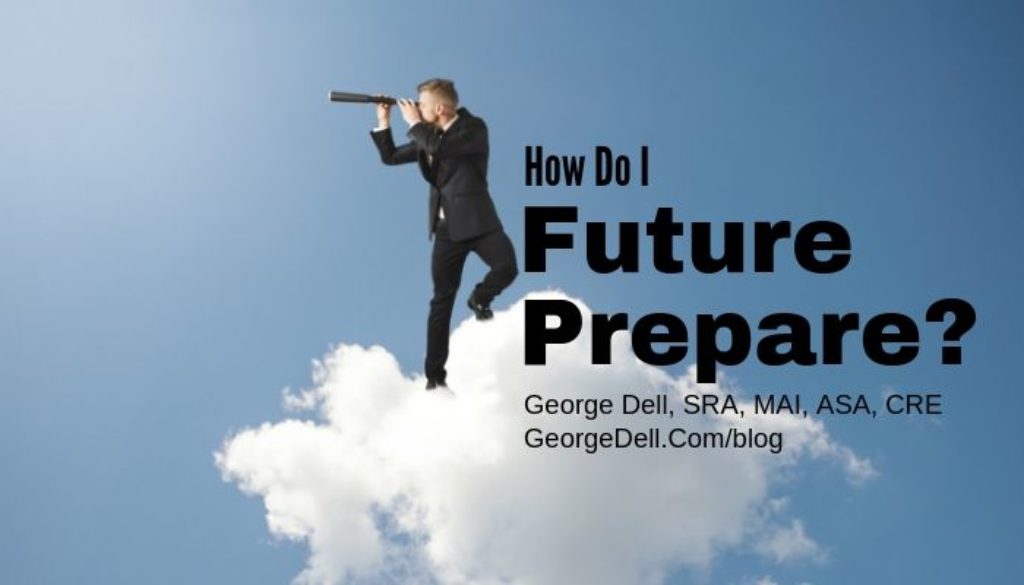The future is here now. How can an average appraiser prepare? Some practical views.
There are a lot of questions here. How are things changing? Will my knowledge be of any value? Is there any hope at all? Will clients require something different? If I am to survive, what do I need to do different in the future? What will I need to learn?
What’s causing the change: As Dave Towne, MNAA, AVAA, AGA often mentions, we know about “cheaper” “faster”, and “better”.
Faster is easy. Cheaper seems trivial easy. What is better? Let’s look at ‘better’.
Years ago, when appraisers gathered comps one at a time, judgment of similarity of comps was king. Experience within a reliable adjustment table was dependable. Today, in most areas, all, or most all of the data is instantly available. There are two results toward “better”. First, more information is always better than less (up to a point). Second, an actual analysis of similarity is better than subjective judgment of picking comps. So today what is possible is better accuracy and better precision (sureness and trueness). When we throw away beyond 4 or 5 sales, we throw away some sureness and trueness. Because of this basic fact:
- The need for a point-number value ‘opinion’ is disappearing
- Computation, critical thinking, and algorithmic skills are required
- The USPAP test of believability (credibility) provides no measure of sureness
- The need for field-related expertise will continue for more complex assignments
So how can an individual appraiser prepare?
- Learn and apply more objective ways to select data;
- Improve skills to identify and research outliers, and data distributions;
- Apply research and communication through proper use of visual tools;
- Work towards reproducible analysis, which is objectively audited (not subjectively ‘reviewed’);
- Stop buying ever more canned software— but learn to use real programmable and reusable analytics software.
These tools can speed and ‘better’ your work. (Actually, this leads to additional products and services the appraiser is best qualified to provide). But there is one more factor: “cheap”. A point value opinion, sold separately provides little help to collateral lenders with risk management. They end up having to do separate economic studies and projections. They need input into risk, not historical market exchange price. Investors need forecasts and reliability inputs to make investment decisions. There is great opportunity for appraisers to integrate such information into the traditional appraisal.
There is hope. But it takes adaptability. It takes willingness. It takes a decision.
Stats, Graphs, and Data Science
In the Valuemetrics.info curriculum, we emphasize the use of free, open-source real analytics software. We show the process from the initial download of the project ‘data frame’, to the CMS© (Competitive Market Segment), to price-indexing, to geo-indexing, to the three types of adjustments: calculated, estimated, and asymptotic.
These are very practical tools and methods that can both speed and better your work. We invite you to join us as we expand our unique and original set of learning materials. Not the same stuff over and over under new and sweeping claims. We’ve got the real goods!
Join us now. Valuemetrics.info for class schedules and brochures.
